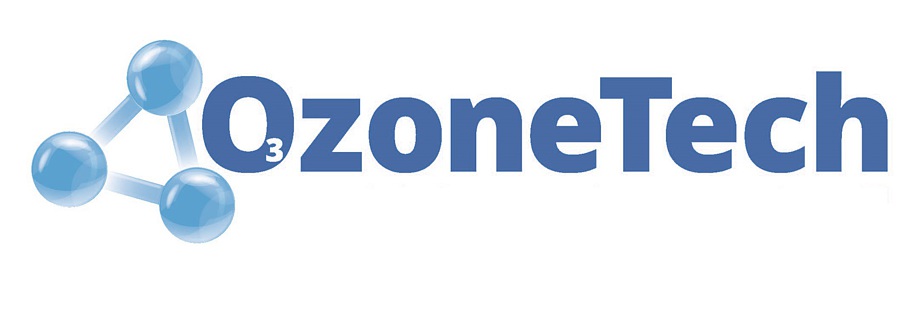
What Is Ozone?
Ozone chemical symbol of Oxygen (O3) sometimes called "activated oxygen", contains three atoms of oxygen rather than the two atoms of Oxygen in the air we breathe.
Ozone is a pale blue gas, with a distinctive odour, often described as a fresh rain or seaside smell. Ozone is a naturally occuring gas, found at greatest concentrations in the upper atmosphere, in a layer known as the stratosphere, approximately 12-30 miles above the Earths surface.
Ozone is the second most powerful oxidant in the world after Fluorine It's powerful properties can be used to sanitise, disinfect, and destroy bacteria, viruses, mould spores and odours. Ozone can be noticed after thunderstorms, and around electrical equipment such as welders and photocopiers.
How Does Ozone Work? And How Does It Kill Bacteria?
The third oxygen atom of ozone makes it extremely reactive. This atom attaches itself to other organic molecules. When ozone comes into contact with contaminants such as bacteria or viruses, the ozone destroy's organic cells by breaking down the bonds of the cell walls, it does this by disintegrating the lipids that make up the cell wall, reacting with the intercellular enzymes and protiens. Making them non-functional. Micro-organisms then either die or not able to multiply.
With no chemicals being used, this process leaves no residues and is enviromentally friendly.
How Long Does The Ozone Last?
As soon as ozone is formed in the Hygiene Robot and is dispersed into a space, it will start to revert back to ordinary diatomic oxygen. Ozone breaks down quicker in higher temperatures than lower temperatures. The ozone that remains is referred to as Residual ozone. This will return to oxygen usually within 30 minutes.
Will The Odour Return?
No the odour will not return, if the ozone is applied properly then it will destroy the source of odour.
98% of ozone treatments are successful.
